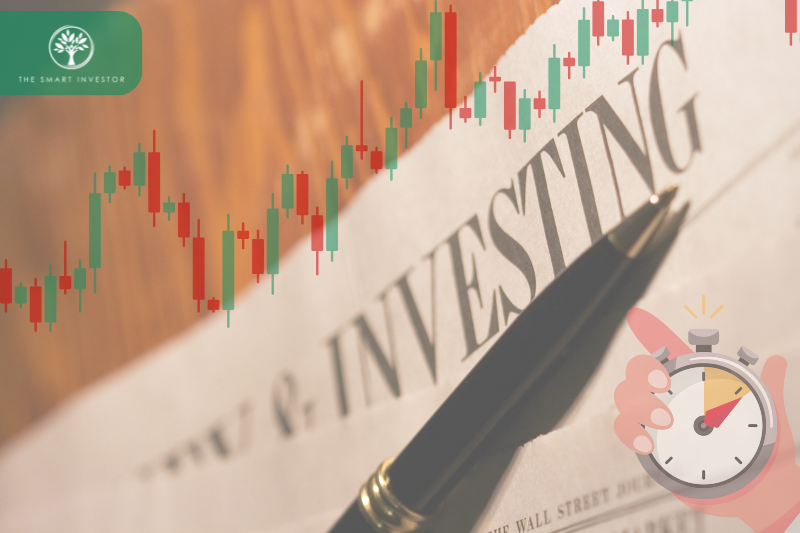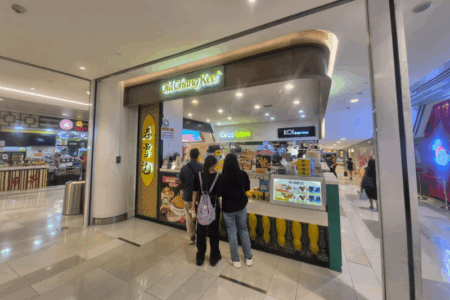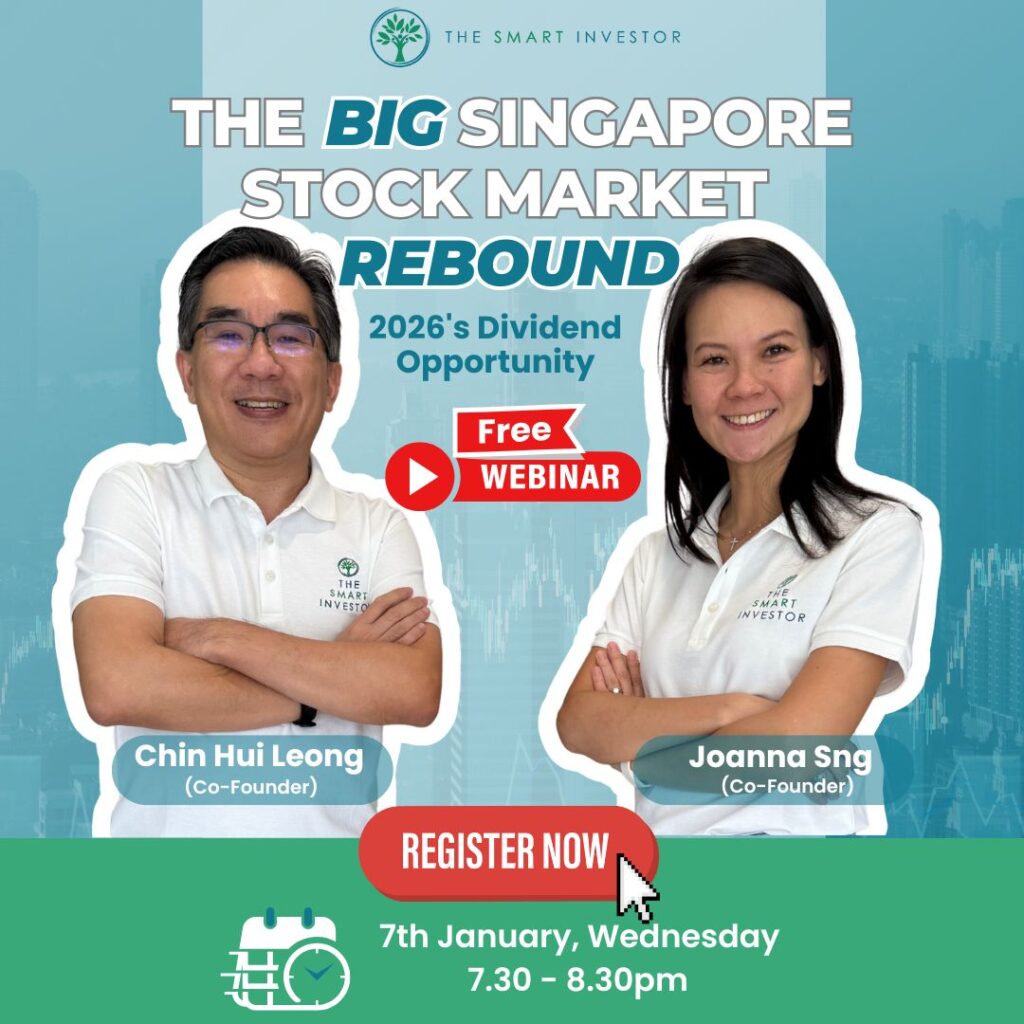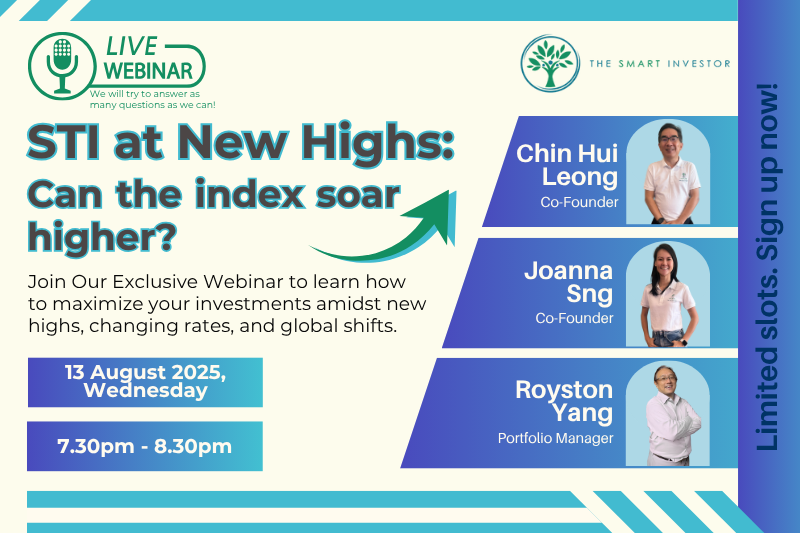At first, it was ominous.
Then, it became obvious.
There’s a new trade in town called the TACO trade, or Trump Always Chickens Out.
Here’s how it works: when US President Donald Trump first announced his Liberation Day tariffs on 2 April 2025, the S&P 500 index tanked by more than 10 per cent within days.
Trump’s tariff threat lasted less than a week before he backed down, pausing the implementation of higher tariffs for 90 days.
In response, the index jumped by 9.5 per cent in a single day.
And just like that, the TACO trade was born.
Despite the initial pause, underlying trade tensions re-emerged when the US raised tariffs on China and engaged in a tit-for-tat tariff battle with the Middle Kingdom, raising US import levies to as high as 145% at its peak.
Amid the war of words between the superpowers, the stock market was unsettled.
Then, on 12 May 2025, the US and China called a truce for 90 days with the US reducing tariffs to 30% for Chinese imports, and China lowering its import levy to 10% for American goods.
Once again, the S&P 500 index rallied on the news, and closed last Friday (6 June) just a stone’s throw away from its all-time high.
By then, traders had started taking notice of the emerging pattern.
Financial Times columnist Robert Armstrong coined the term TACO trade, an acronym that quickly spread all over Wall Street.
Second-guessing the TACO trade
If you have noticed the TACO trade pattern, you’re not alone — and that’s a big problem.
Here’s the truth: if everyone is thinking the same way, then no one has an edge over the other.
Furthermore, if every trader is anticipating a market recovery after Trump backs down, then the competition turns into one where the fastest fingers to enter their trade wins.
That’s a race, not a strategy.
Trying to second guess when the stock market will change course is no different from market timing.
Here’s the rub: according to Hartford Funds, if you missed the 10 best days (read: gains) in the stock market over the past 30 years, your returns would be less than half compared to being fully invested for the same period.
Said another way, mis-timing your entry and exit will have a severe impact on your investment returns if you miss a tiny number of days.
Like walking on a tightrope, a minor misstep could have major consequences.
So, don’t try your luck.
History has not been kind to trendy trades
History hasn’t been favourable to formula-based investment strategies.
And for good reason.
Take the Dogs of the Dow (DD), a methodology popularised in 1991.
The DD formula suggests that investors can maximise the investment yield by buying the top 10 highest-paying dividend stocks from the Dow Jones Industrial Average (DJIA) at the start of every year.
But alas, it was not to be.
Research from NYU Stern showed that when an investment strategy becomes popular, the masses will try to front-run the strategy, and preemptively pile into the shares, thereby driving up their stock prices.
And with a higher starting price at the beginning of the year, the DD group will inevitably find it hard to outperform the market.
Therein lies the paradox: even a proven formulaic strategy will fail if the masses pile into the stocks.
Ironically, the simplicity that helps popularise the strategy will end up leading to its demise.
But if that’s the case, where does this leave investors?
It’s the business, not the acronym
Hang on: if acronym-laden trades don’t work, then why have the original FAANG stocks been profitable to shareholders over the past decade?
While both Wall Street trends use acronyms, the similarities end there.
The TACO trade is subject to the whims of Trump, which can change at any moment.
FAANG stocks, however, are made up of growing US tech businesses.
Coined in 2013, the original acronym FANG consisted of Meta Platforms (NASDAQ: META), formerly known as Facebook, Amazon (NASDAQ: AMZN), Netflix (NASDAQ: NFLX) and Alphabet (NASDAQ: GOOGL), formerly known as Google.
Apple (NASDAQ: AAPL) was added in 2017 to turn the acronym into FAANG.
Here’s the difference for FAANG: over the past decade, the average return from FAANG stocks was over 900 per cent or 10x in returns.
Tellingly, these gains are largely backed by growth in the quintet’s free cash flow (FCF) per share.
The best example is Alphabet.
Over the past decade, shares have increased by 640 per cent.
How about Alphabet’s FCF per share?
The gain was 643 per cent, a figure which closely matches its stock price increase.
Ergo, the main reason why the FAANG group’s share prices have increased over this period is due to solid gains in their free cash flow.
Unlike the TACO trade, FAANG’s gains were not dependent on the whims of a US President.
The long-term difference
Here’s the twist: buying a group of stocks such as FAANG does not guarantee great returns.
The key to turning a great stock into great returns is time.
Simply put, the average 10x return the FAANG stocks delivered was only possible when there was enough time for the businesses to demonstrate their ability to grow.
For investors, patience is paramount.
Sadly, many investors invariably lose their nerve along the way and sell too soon.
The truth is, holding a stock for a decade is not as easy as it looks.
Wealth manager Ben Carlson provided two telling statistics.
First, the good news: if you look at the rolling 10-year periods since 1950, the S&P 500 index has delivered positive returns 93 per cent of the time.
Said another way, you have a high chance of getting good returns if you hold for a decade.
That’s the reward for patient investors.
Then, there’s the unfortunate news: the probability of a bear market (an index decline of 20 per cent or more) during these same 10-year periods is 95 per cent.
When you put the two together, the message is clear: volatility is the price of admission.
It’s the toll booth you have to pass to get the returns you want.
Get Smart: It’s a marathon, not a sprint
There’s no doubt that the allure of making a quick buck is strong.
That’s why trends such as the TACO trade are popular.
Clever branding plays a role.
But the reason why the FAANG strategy worked was not because the five company names lined up to form a catchy acronym.
The real insight was about giving great businesses enough time to run.
For investors, the real trick is about cultivating the iron gut of a long-distance runner, not just picking the right stocks.
And as the numbers from Ben Carlson clearly show, the real game-changer isn’t about timing your entry or exit, but in not exiting too soon.
Because when the market inevitably tests your resolve, that unwavering patience, not some trendy trade, will be the real differentiator between success and failure to get what you want.
So, choose great businesses over stock prices, endurance over speed, and above all, patience over quick trades.
In the long run, the road less travelled is the most rewarding, in my eyes.
Big Tech is spending hundreds of billions on AI, and the ripple effects are just beginning. Our new investor guide shows how AI is changing the way companies generate revenue, structure their business models, and gain an edge. Even if you already know the major players, this report reveals something far MORE important: The why and how behind their moves, and what it means for your portfolio. Download your free report now.
Follow us on Facebook, Instagram and Telegram for the latest investing news and analyses!
An earlier version of this article appeared in The Business Times.
Disclosure: Chin Hui Leong owns shares of Alphabet, Amazon, Apple, Meta Platforms, and Netflix.






